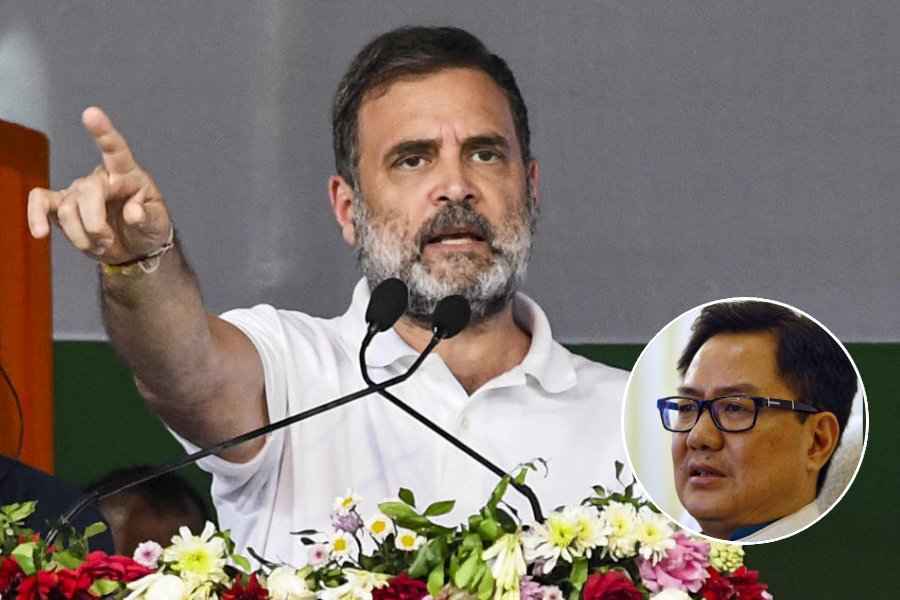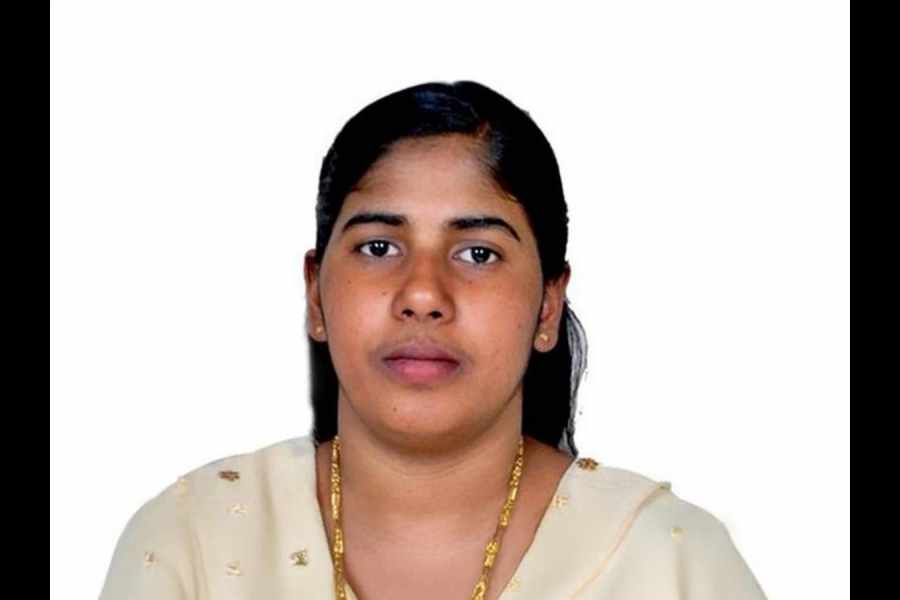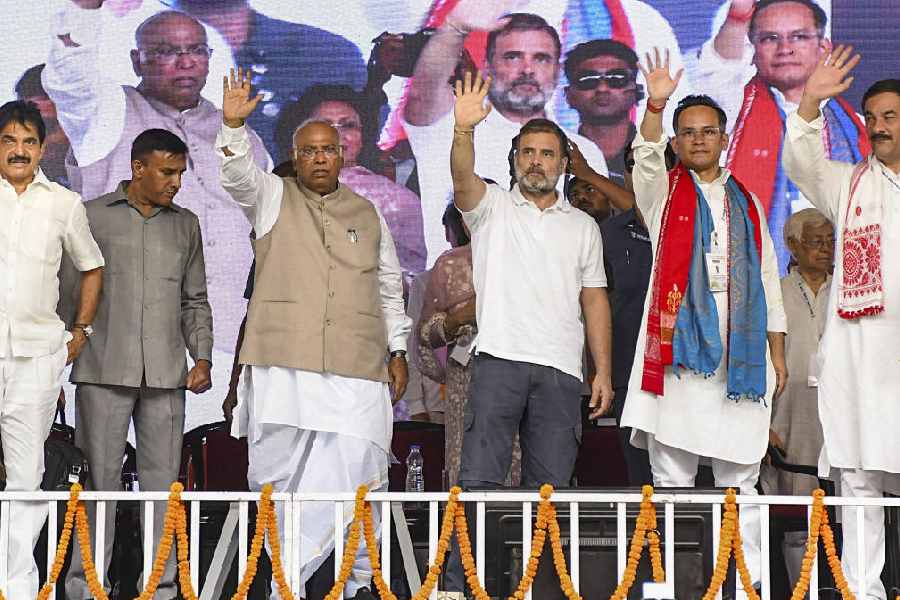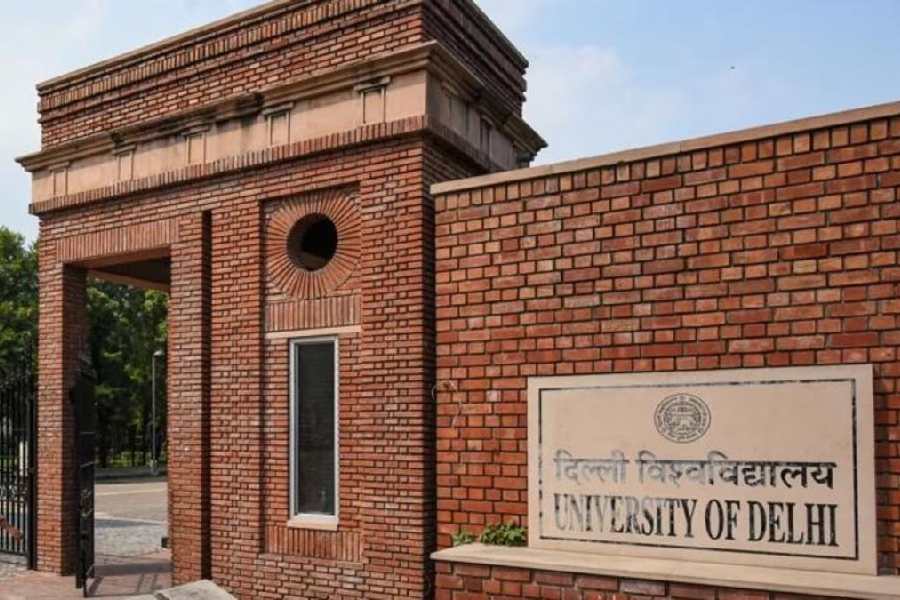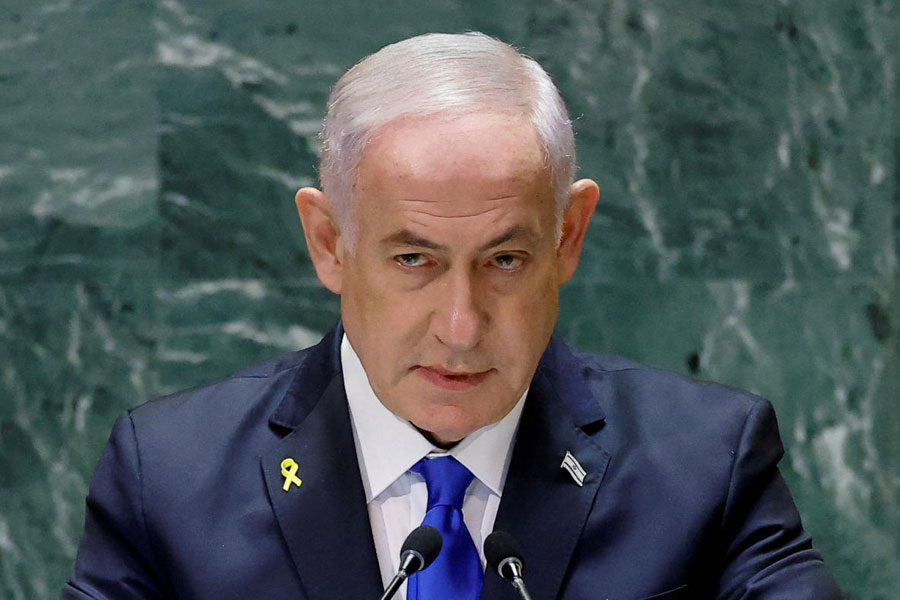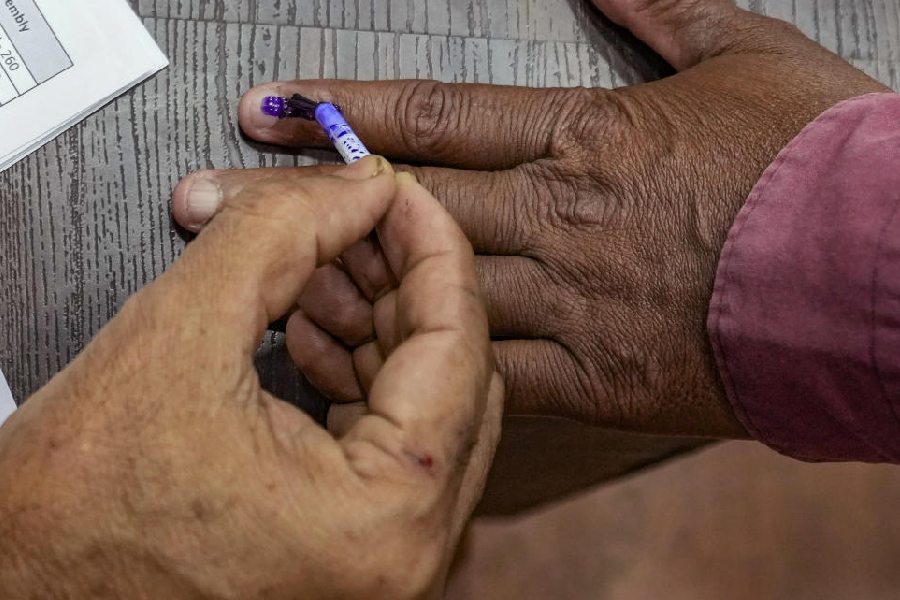 |
| School students attend the state-level science seminar at Regional Science Centre in Bhubaneswar. Pictures by Ashwinee Pati |
Bhubaneswar, Sept. 12: The Regional Science Centre here will install 45 models at a gallery displaying exhibits to explain various curricula-based scientific theories of time and motion for students.
The models will be interactive and deal with the concepts, including relative motion, Big Bang theory, expansion of the universe, earth core and atomic motion to allow visitors to explore many areas of science.
“An amount of Rs 20 lakh has been earmarked for the purpose. The exhibits have already been procured, and we are trying our best to complete it by December,” said centre director Archana Khosla.
“The existing exhibits in the old gallery are more than 25-year-old, and most of them are either defunct or broken. It is time that we should remove them and install the new ones. The new models, to be put in place, will have elements catering to the needs of school students and be exclusively curricula-based,” said Khosla.
 |
| A science model on display at Regional Science Centre |
At present, the centre has two galleries — one on popular science and another on mathematics — both displaying curricula-based models.
While the popular science gallery has 64 models, the mathematics gallery houses 83 exhibits. This apart, the centre has a science park and a pre-historic park.
Every year, the centre experiences an increasing number of footfalls. Last year, it recorded as many as 2.38 lakh visitors. In view of the popularity, the authorities have introduced memberships for the institutions and students.
An annual membership of Rs 1,000 has been introduced for schools and institutions, while a lifetime member has to pay Rs 25,000. “The National Institute of Science Education and Research has become our first life members and we are contacting other institutes as well,” said the official.
Besides, the centre will continue with its “science on wheels” mobile exhibition unit on mathematics.
The two units on maths, electricity and magnetism are covering schools in six districts, he said.
The units present basic mathematical concepts in a simple and enjoyable manner to the rural schoolchildren of the state with 20 interactive models pertaining to school-level mathematics curriculum.


